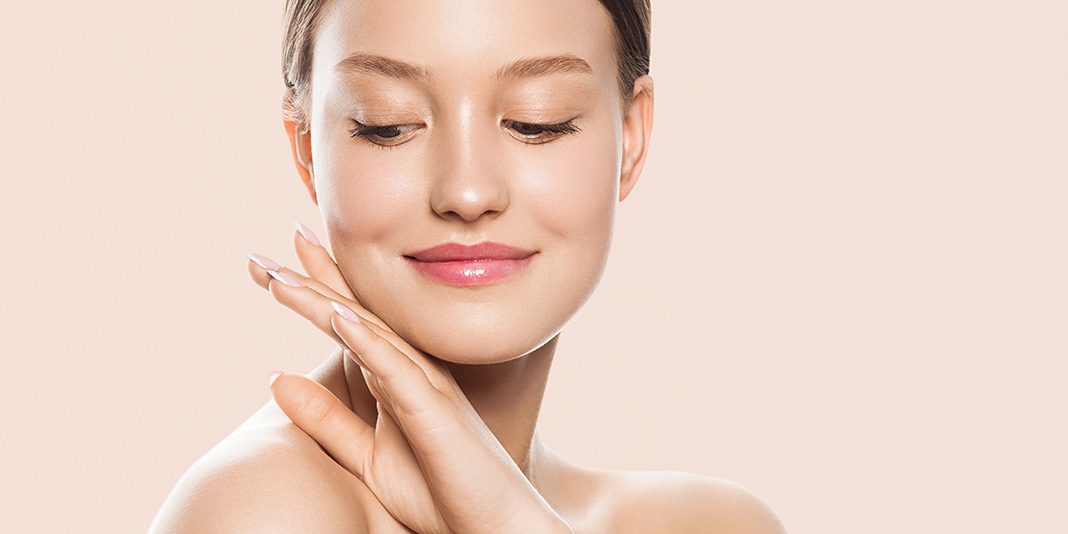Exfoliation is crucial for almost every skincare routine to remove dead skin, promote a youthful appearance, and create an even skin tone.
Instead of reaching for a chunky facial scrub, a chemical exfoliant may provide more efficient results.
Your typical face scrub is known as physical or manual exfoliation, while chemical exfoliants usually treat the skin with acids.
Which chemical exfoliant is best for your skin?
What Are Chemical Exfoliants?
Healthline states, “chemical exfoliants are acids that get rid of dead skin cells. They come in various concentrations. Weaker formulas can be bought over the counter, while stronger ones are usually applied by a dermatologist in the form of a chemical peel.”
Over the counter, chemical exfoliants lift dead skin from the surface and provide even results. However, it differs from physical exfoliants because this manual exfoliation process can be too harsh and ineffective on the skin.
Types Of Chemical Exfoliants
Skincare brands formulate using multiple acids when creating a chemical exfoliant. However, there are three types of chemical exfoliants to learn so that skincare shopping can be a breeze!
What are the differences between AHAs, BHAs, and PHAs?
AHAs
AHAs are known as Alpha Hydroxy Acids, which are water-soluble. This is a great and gentle exfoliant to brush away dead cells on the skin’s surface. Some popular AHAs include Lactic and Glycolic Acid.
Paula’s Choice EU states, “AHAs are recommended for dry skin or skin that has been damaged by the sun because they exfoliate the skin surface and improve the skin’s moisture levels.” Some AHAs are even derived from fruits.
BHAs
BHAs, or Beta Hydroxy Acids, are oil-soluble chemical exfoliants. These acids penetrate the skin slightly for a deeper exfoliation, making it ideal for oily or problematic skin.
Paula’s Choice EU claims, “BHA is recommended for an oily skin and skin suffering from spots, blackheads, or milia. This is because BHA can penetrate blocked pores and prevent spots and acne from forming. BHA has an anti-inflammatory and anti-bacterial effect.”
PHAs
Chemical exfoliation can still be intimidating and harsh for vulnerable skin types, so many turn to PHAs. PHAs are Polyhydroxy acids that offer a gentle approach to exfoliation.
Youth To The People and Laura Cline state, “It’s considered to be almost like a hybrid…classify it as a very, very, gentle, very large molecule AHA. It doesn’t break down skin in an aggressive way, but it gently exfoliates and it’s safe to use during daytime.”
Tips For Using Chemical Exfoliants
It’s beneficial to start with a low concentration and patch test your chemical exfoliant. This ensures you avoid having an adverse reaction, and the skin has time to adjust.
Apply most chemical exfoliants at night because these products can increase your sensitivity to the sun. So, applying an SPF each morning can further prevent irritation.
Please avoid mixing chemical exfoliants with certain active retinoids unless stated otherwise by your dermatologist.
Consult A Dermatologist
Finally, please consult a dermatologist to see how, when, and where you can apply your ideal chemical exfoliant. Skincare isn’t one size fits all, so forming a safe and effective routine with a professional is crucial.




































